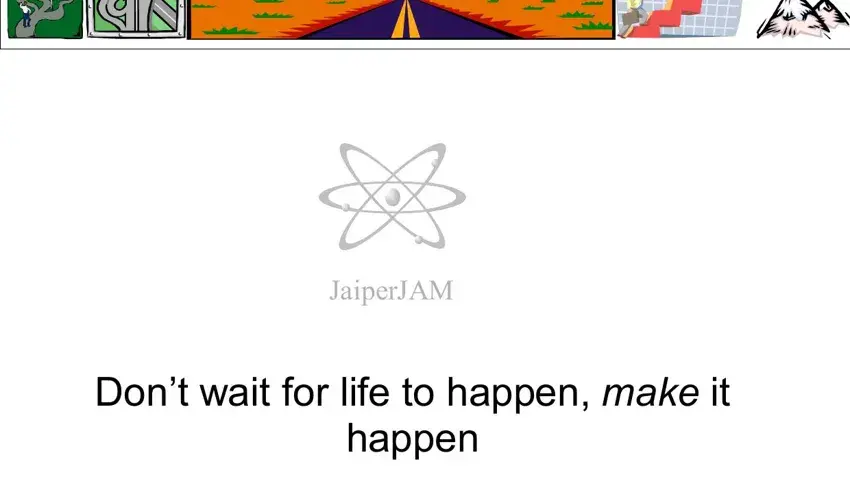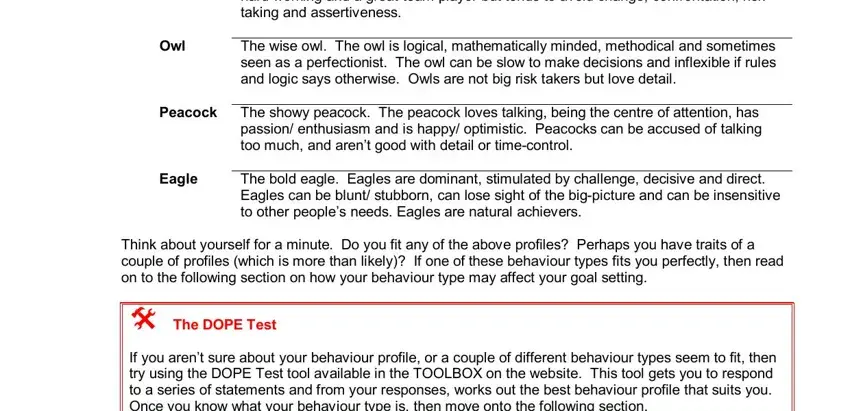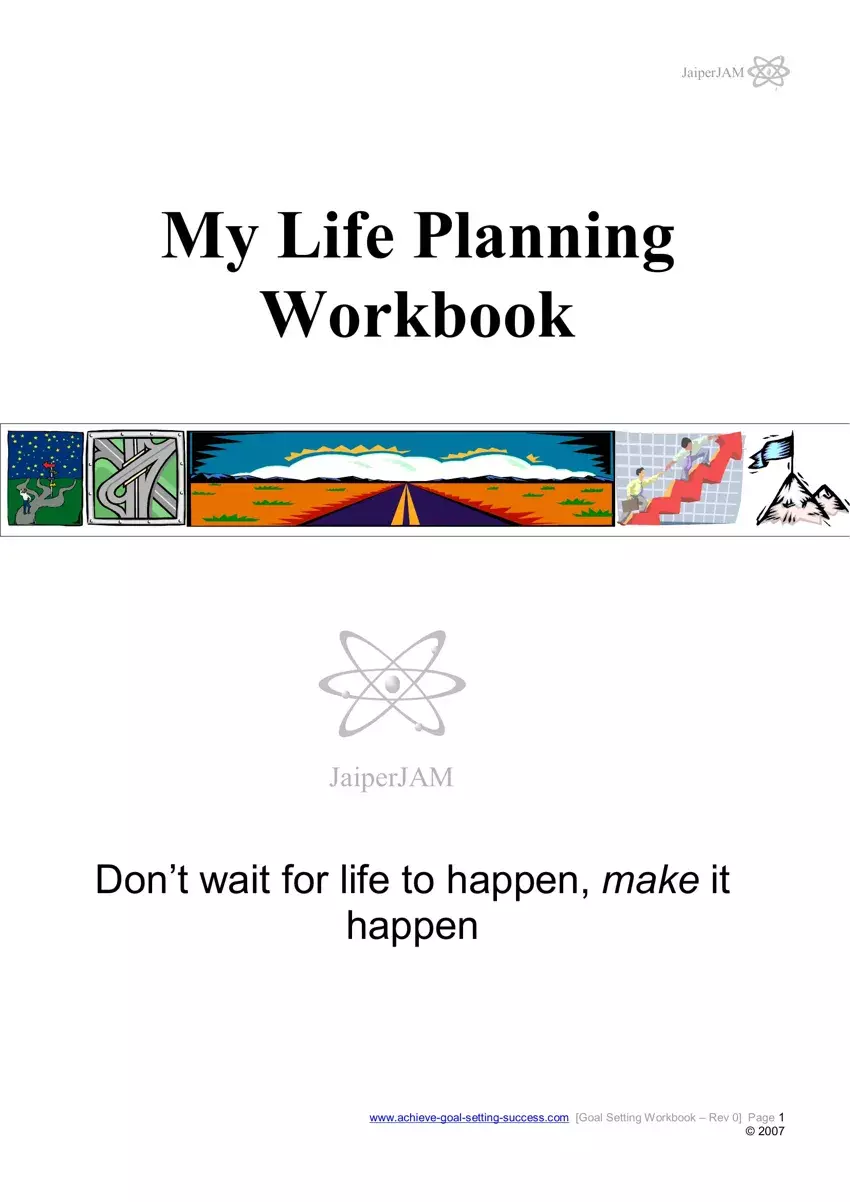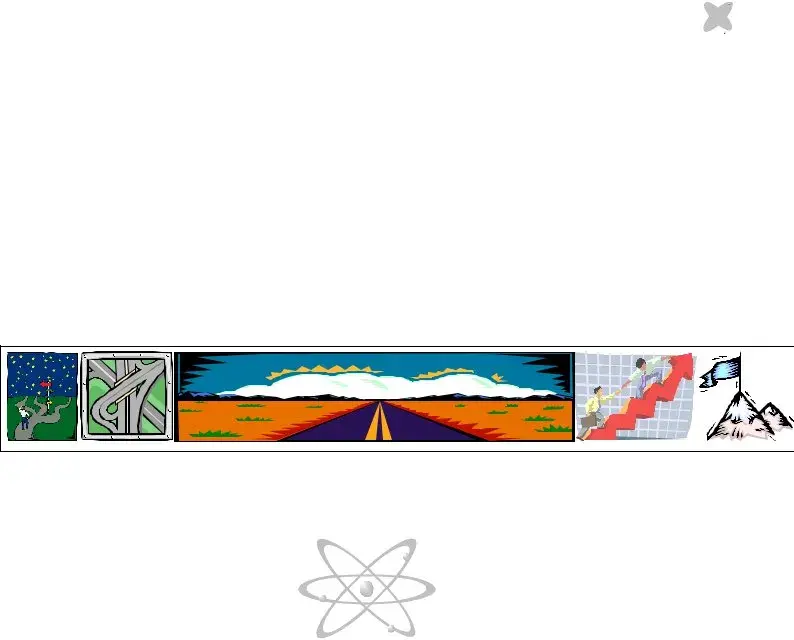JaiperJAM
So, goal setting helps you:
Work out what you really want – this is personal. You’re the only one who knows what you really want, and it’s often not what you think.
Work out a plan of attack to help you achieve what you really want – there is no point having a great goal if you don’t know how to get there.
Give you the motivation to put your plan into action – since your goals will be personal and meaningful to you and based on what you really want, you will be motivated to achieve it. Keep track of where you are going by helping you focus on the big picture, to ensure you don’t lose your direction – it’s easy to get distracted by life’s little obstacles, so goal setting will help you focus your time and energy in the right direction.
Goals are well-defined targets that give you direction and motivation – they are your road map to success (that is, what YOU consider to be success), your life’s plan, your personal guide to the future. Goals can be focused on:
Developing a new skill – perhaps you’ve always wanted to learn a new language, how to dance or play a musical instrument.
Improving your current skills, whether they be focused on career tasks or life skills such as budgeting.
Beating old habits like smoking, or developing better ones like exercise and healthy eating habits.
Producing an outcome, achieving your dream – it could be achieving more harmonious relationships with your family, wealth creation or a achieving a career goal.
The most important thing to remember is that goals are personal – they are yours and yours alone, although they may include aspects involving family and friends. The most common mistake people make when setting goals is using someone else’s goals to set your own [such as the misconception that everyone wants to earn more money], but how do you know that is really what you want?
At this stage, you may not know what you really want. But don’t worry, that is no reason to turn back now. Later chapters in this workbook will help you find out for yourself what is most important to you and what you really want.
Why it Works
It’s like a map - people who know where they are going and how to get there are more likely to get there than people who don’t. Goals are like your target destination, and the Action Plans developed as part of the goal setting process are your map.
More specifically, goal setting works because:
It gives you something to aim for – not only that, it gives you something MEANINGFUL and personal to aim for.
It helps you focus your time and energy on achieving your goals – instead of your efforts being spent on meaningless activities and tasks, your action plan will give you a clear plan of attack by setting your priorities.
It gives you motivation – because the goals are MEANINGFUL and personal to you, you’ll want to achieve them. This gives you the motivation and energy to keep going towards your end goal.
Of course it will only work for you if you commit to the process and follow it properly. Yes, there are pitfalls and you will probably have setbacks – it is important to bounce back from these and persevere! We’ll go through some of the more common errors people make with the goal setting process shortly so hopefully you can avoid them. But it is important to note that failure to achieve a particular deadline or part of a goal shouldn’t make you throw up your arms and give up. Learn from your setbacks and failures – why did it happen? What can you do to stop it happening again? If you do this, you will be stronger and wiser and less likely to fail again. So don’t see a setback as a ‘failure’, but rather a learning experience from which you can gain strength and conviction to continue. We’ll discuss this in more detail in later chapters, as it is a really important part of the goal setting process.


























